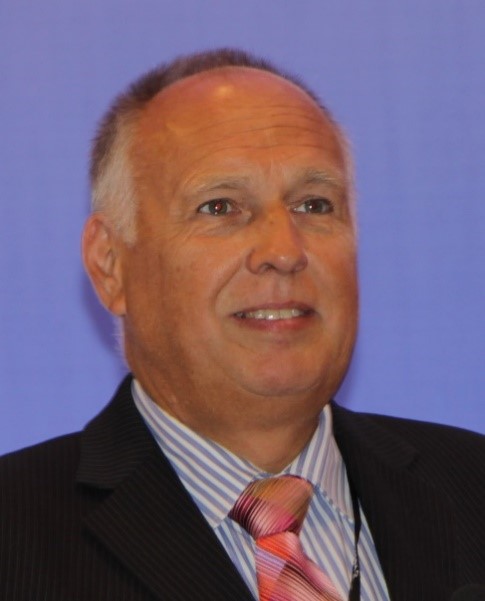Key governance lessons from the UK Vaccine Task Force

The APM Governance SIG and community was privileged and delighted to hear from Nick Elliott, formerly the programme director of the UK Vaccine Task Force. He explained the context, key events and central players involved in the UK response to COVID-19 and the race to develop a vaccine. He drew out a number of key governance arrangements that made the most difference to the successful outcome of the programme:
- Setting up the programme for success (and early delivery):
- With incentives to succeed rather than avoid mistakes / failure. There was recognition that the NHS didn’t have the capacity, global reach or cross department infrastructure to deal with a programme of this size and the work also contained elements that were outside of their normal scope. Hence the programme was established within the BEIS (dept for Business, Energy & Industrial Strategy) umbrella so that a wider team of experienced people could enable success.
- Gaining a mandate from the Prime Minister that speed was preferred to perfection thereby adopting a ‘VC Mindset’ where decisions were made fast as the value of time versus the cost of time was well understood. Collaboration between all parties was crucial.
- Recognising that the programme effectively started out as a Research and Development portfolio as this had never been done before. A number of ‘bets’ had to be taken on vaccines that had the best chance of working and being approved in timescales required, and killing early those that looked less likely to succeed. There was a portfolio level business case; and this was still positive even if some components did fail.
- Adopting an ‘agile’ approach and collaborative mindset from the outset.
- Involving the Regulator in the development of the project so they understood the context and the approach, albeit leaving them at arms-length to carry out independent drug approvals. In essence some of the ‘rules’ were rewritten with MHRA to peruse rolling reviews of incomplete data.
- Incorporating a long-term national legacy goal from the start – enabling the long term to be always considered in any decisions.
- It was a deliberate decision to roll out the deployment using the NHS as they were perceived to command the greatest confidence from the public.
- Establishing a ‘single’ governance arrangement and documentation trail for all decision makers and all governance; and appointing a strong, focused and balanced team:
- Having a sponsor with experience of the context for the programme (life sciences) and commercial acumen
- Taking advantage of the empowered steering committee made only of the key decision makers, ‘top of the shop’ experts and accountable department leaders.
- Separately (outside of the steering committee) keeping key stakeholders informed of progress via regular communications sessions
- Challenging all authorisation processes to minimise complexity and reduce time. As Nick put it, we needed to radically reduce the ‘flash to bang’ process and streamline as much as possible. As part of that approach, an authorising panel of Ministers (who effectively undertook the traditional main board role) was created that could meet at short notice so that senior authorisations could be obtained in a single meeting. Thereby the team manged to reduce many ‘sequential’ authorisation processes - that typically involved a series of departments and traditionally took weeks or months - down to a few days.
- Communicating clearly. Stating and articulating clear goals and a crystal-clear vison that everyone could buy into was vital to the programmes success. It emphasised that the key priority and imperative was time; delivery of a successful outcome as fast as possible. In essence this was a ‘collaborative risk-based programme’ driven at speed. The public communications were also carefully controlled but the team still had to deal with a number of ‘left field’ distracting campaigns.
Thanks again Nick for a stimulating talk and discussion. To attend our next event check out the APM Governance SIG page here.
You may also be interested in


0 comments
Log in to post a comment, or create an account if you don't have one already.